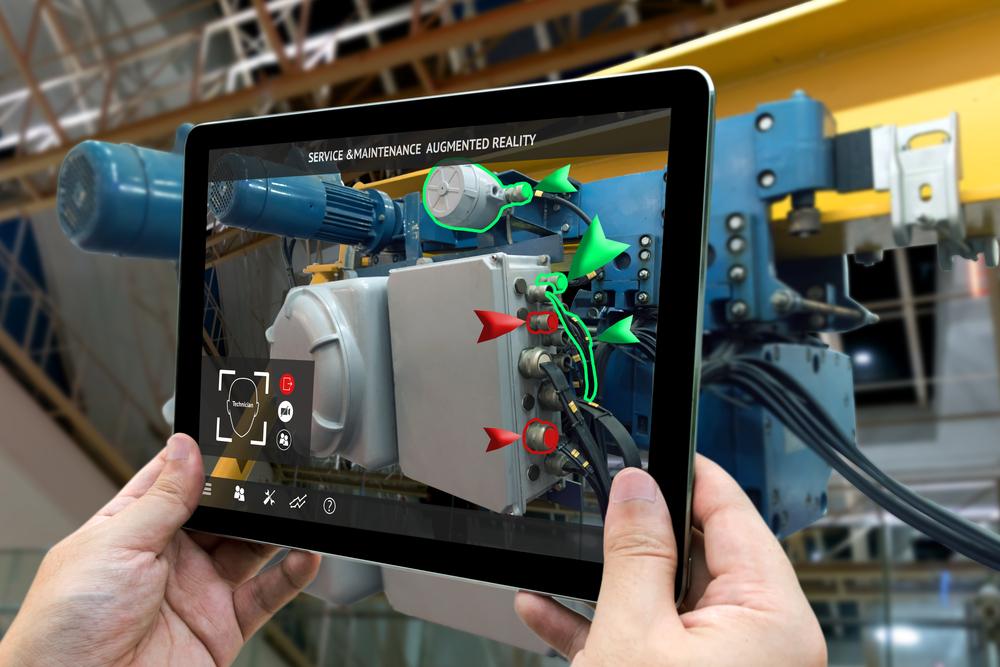More About AR/VR/MR Solution
Introduction to Augmented Reality (AR)
Augmented Reality (AR) has transformed the way we interact with the world, blending digital components into our physical environment in real-time. Unlike Virtual Reality (VR) that creates a fully immersive digital environment, AR enhances the real world by overlaying digital information onto it. This technology has evolved significantly since its inception, becoming a pivotal tool in education, retail, healthcare, and more, due to its ability to provide enriched, interactive experiences.
Capabilities of Augmented RealityAR offers unparalleled interactivity by allowing users to experience the real world augmented with digital information. This enhanced reality can provide visual, auditory, and sometimes haptic feedback, creating immersive experiences. With the advent of AR-enabled smartphones and wearables, access to augmented experiences has become more widespread, paving the way for innovative applications across various sectors.
Technical Details of Augmented RealityAt its core, AR operates by recognizing the environment around the user, typically through a camera on a smartphone or AR glasses, and then processing this data to overlay digital content in a way that appears to inhabit the real world. AR can be marker-based, where the AR device recognizes specific visual markers to trigger content, or markerless, using advanced algorithms to map environments and position objects in space. Projection-based and superimposition-based AR are also used for specific applications, further showcasing the versatility of AR technology.
Use Cases and Industry ApplicationsAR finds its use better certain scenarios and in industries. More details on the use-cases are available here.
Benefits of Augmented Reality in BusinessBusinesses leveraging AR can see increased engagement levels, as customers enjoy immersive and interactive experiences. In terms of operational efficiency, AR offers streamlined processes and hands-on training without the risks of real-life practice, translating to cost savings and enhanced employee skills.
Future of Augmented RealityThe future of AR is bright, with ongoing advancements in AR glasses and integration into everyday life expected to increase. Areas such as remote assistance, enhanced navigation, and immersive education are poised for growth, transforming how we work, learn, and play.
ConclusionAugmented Reality stands at the forefront of technological innovation, offering endless possibilities to enhance real-world experiences. As we continue to explore the capabilities of AR, its role in driving future advancements across industries is undeniable. For businesses looking to stay ahead of the curve, embracing AR solutions now could be the key to unlocking a new dimension of engagement and efficiency. At Tacto-Lab, we are at the forefront of using this technology and creating new immersive experiences for our customers. Contact us to discuss more on this. Introduction to Mixed Reality (MR)
Mixed Reality (MR) is a transformative technology that merges the physical world with digital content, creating environments where both coexist and interact in real-time. Unlike Virtual Reality (VR) or Augmented Reality (AR), which either immerse users in a completely virtual environment or overlay digital information onto the physical world, MR blends the best of both worlds. This seamless integration unlocks new possibilities for interaction, learning, and collaboration, making it a cornerstone of next-generation immersive experiences.
Holograms also a part of MR, are a fascinating aspect of optical technology, presenting three-dimensional (3D) images that appear to float in space. The technical process behind creating holograms is based on the principles of light interference and diffraction, harnessing the wave nature of light to record and later reconstruct a light field.
Capabilities of Mixed RealityMR's capabilities are vast, enabling users to interact with digital content as if it were part of their physical environment. This interaction fosters a deeper level of engagement and understanding, with applications ranging from enhanced training simulations to interactive product demonstrations. MR can significantly enhance decision-making processes, improve learning outcomes, and create more immersive entertainment experiences by providing a more intuitive way to explore and manipulate digital information.
Technical Details of Mixed RealityAt the core of MR technology are sophisticated sensors, advanced optics, and powerful computing resources. These components work together to sense the user's environment, overlay digital content accurately, and track movements and interactions with high precision. MR devices, such as head-mounted displays (HMDs), use spatial mapping to blend digital and physical spaces seamlessly, offering users an unparalleled level of immersion and interactivity.
Holography is the science behind creating holograms. The basic principle of holography involves recording the light scattered from an object and then presenting it in a way that appears three-dimensional.
Use Cases and Industry ApplicationsMore details on the use-cases applicable in various other industry segments is summarized here.
Challenges and Future DirectionsMR technology typically faced challenges related to hardware requirements, user adoption, and content creation. However, advancements in computing power, optics, and AI are able toaddress these challenges, broadening MR's applicability and accessibility.
Creating high-quality holograms requires precise control over the light sources, recording mediums, and environmental conditions to prevent unwanted interference. Recent advances in laser technology, digital imaging, and materials science have significantly expanded the possibilities for holographic technology, making it more accessible and versatile.
In summary, the creation and display of holograms are grounded in complex optical physics, involving coherent light, interference, and diffraction. This technology's ability to capture and reconstruct the full depth and detail of a scene holds immense potential for a wide range of applications, pushing the boundaries of how we interact with digital content.The future of MR holds potential for even more seamless integration between digital and physical worlds.
ConclusionMixed Reality is at the forefront of digital innovation, offering unparalleled opportunities for interactive experiences that blend the physical and digital worlds. As MR technology continues to evolve, it promises to revolutionize how we work, learn, and play, making it an essential area of focus for businesses and developers looking to create the next generation of immersive applications.
Why wait? Get started now to use these technologies and put to real-use.
